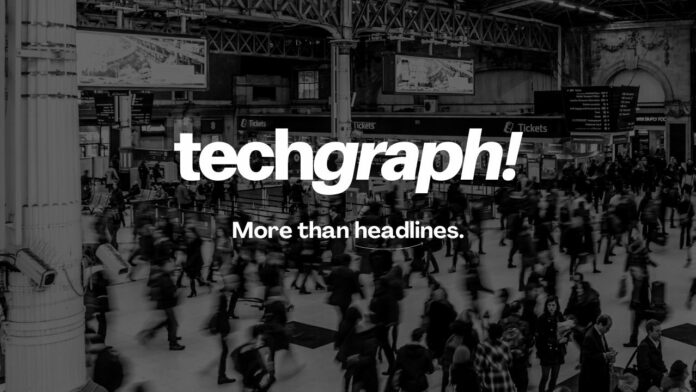The rapidly evolving digital landscape, the dominance of the internet, technological advancement, and software solutions are significantly impacting design trends. This has led to digital design gaining more momentum than print media.
Today it is a forerunner with the undeniable potential for user engagement and participation. It refers to designing creatives that enhance and ease interactivity when using a wide variety of digital interfaces with different screen sizes like desktops, laptops, smartphones, smartwatches, tablets, etc.
The way we do business has changed. With consumers preferring to interact through online channels, companies have had to shift focus towards digital. It emphasized the need to offer visual content and experience that can be ‘used interactively’ instead of being static.
Smartphone users in India are estimated to reach 760 million this year, while the projected growth of internet users is set to reach 974 million users by 2025.
This supports the exponential potential of digital design as a career option.
What sets the digital design apart?
● Digital design lacks physical boundaries and the deliverables are different. These include interactive banner ads, infographics, websites, UX wireframes, graphics, and animation.
● It requires an in-depth understanding of typography, colors, technology and operating software, digital platforms, and formats to create high-performing and better resolution designs.
● Feedback via analytical metrics including likes, shares, downloads, and pageviews is almost instantaneous. Designers must be quick to review and respond to them.
● Quick consumption means continual efforts to retain interest and keep the design relevant and targeted.
Career Opportunities in digital design:
The hyper-connected world today amply supports a career in this field. The versatility of the digital design allows a student to work across industries like gaming, animation, web design, television and video production, product design, social media, marketing, and the arts.
To excel it’s important to identify the right course from a reputed institute like the Indian Institute of Art and Design. They provide a curriculum that prepares and guides students to gain knowledge of communication design while exposing them to acquire experience in photography, videography, animation, graphic design, and skills in software like Photoshop, Illustrator, Flash, Adobe XD, Sketch, and Dreamweaver.
They’re also equipped to train students with employable skills to translate ideas and concepts into a workable reality.
Students can choose to develop skills in:
● Creating web design, landing page design, and interactive banner ads to market a product or service.
● App design for different devices offering multiple functions like shopping, playing music, etc. Create branded App icon designs to launch an app.
● Infographics to create shareable, animated, and engaging content.
● Social Media page design to create customized designs for different media.
● Design E-readers with downloadable content across devices.
● Email design that engages readership and PowerPoint template design to support presentation needs.
● Create a 3D design to showcase realistic images of a product or construction project for exhibition purposes.
The workspace can span from a design studio or agency to a marketing agency or web development office, from home office, co-working space to being freelancers and digital nomads. Post-pandemic, remote working has gained popularity. Salaries too can vary based on the workspace, specialization, experience level, and location.
Digital designers are in high demand today and have several avenues open to them. Much depends on their transferable skills and what excites them. Do they get drawn by visual aesthetics and prefer working with color and typography? Or do they enjoy talking to clients, stakeholders, and users about their needs?
Students can aim to work in any of the four main areas including UX, UI, product design, interaction design, and beyond.
User Experience (UX) Designer: specifically focuses on the functionality and usability of a digital product.
User Interface (UI) Designers: are concerned with the look and feel of a digital product, focusing on an interface’s visual elements. They work closely with the UX designer, by building on the foundation they’ve laid bringing the digital interface to life with color, typography, and shapes, and support user behavior through accessibility and desirability through interaction with the product.
Digital Product Designer: creates a responsive design using the software. They go beyond user experience and focus more on the business and brand, reflecting on how the digital product will work, what it will cost, and the broader scope of the product within the company’s context.
Video Game Designer: create content, gameplay, environment, storyline, characters, and controls of a game.
Special Effects Designer: create effects or animations for products, games, movies, music videos, and commercials.
Digital Developer: provide visual direction through the process of coding.
With digital design continuously evolving, the future indicates creating functional and immersive experiences that seamlessly fuses augmented reality, virtual reality, and 3D printing.
It’s the opportune moment for young students of visual communication design to embark on this technologically-driven career to become creators with the power to influence the digital world’s history.



